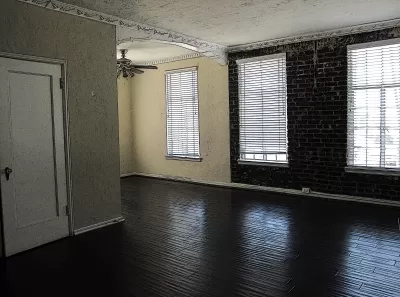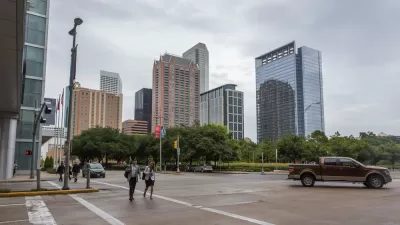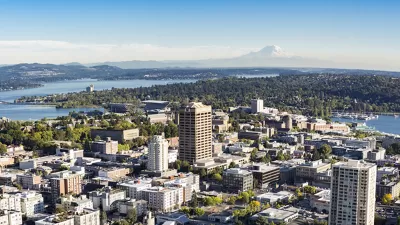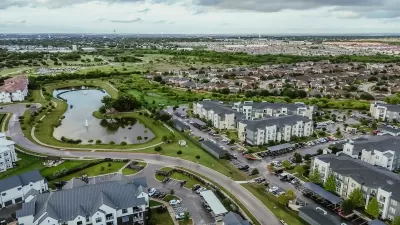Housing costs across the country are becoming more and more unaffordable for low- and moderate-income households, a trend that began even before the COVID-19 pandemic.

With rents rising steadily in cities around the country, renters teetering on the edge of eviction are increasingly likely to lose their homes and low-income renters have an increasingly difficult time finding housing.
"Tenants and advocates have dreaded a wave of evictions that was predicted to follow the end of the federal ban on evictions during the pandemic. Yet in many areas nationwide, eviction filings have increased only moderately since the Supreme Court ruled President Biden’s extension of the eviction moratorium unconstitutional," writes Sophie Kasakove in an article for The New York Times. But these numbers don't reflect the reality of many renters, as they don't capture evictions "that were filed during the pandemic but are only now being executed." Meanwhile, "[r]ents rose 10.3 percent annually in professionally managed apartments in the third quarter of 2021, according to data from RealPage, a real estate data analytics firm, as vacancy rates plunged below 3 percent for the first time in three decades."
In Atlanta, like many other cities, "[t]he current surge in prices has pushed the affordable housing shortage into overdrive, as tenants compete for the few affordable units available, with little, if any, pandemic protection or assistance remaining." Tenant advocates stress that federal rental assistance "was never going to be a long-term solution to a crisis that far predates the pandemic." According to Monica DeLancy, whose organization, We Thrive in Riverside Renters Association, advocates for tenants in Cobb County, "[t]he people that are struggling are still going to be struggling when the money runs out."
FULL STORY: As Rents Rise, So Do Pressures on People at Risk of Eviction

Study: Maui’s Plan to Convert Vacation Rentals to Long-Term Housing Could Cause Nearly $1 Billion Economic Loss
The plan would reduce visitor accommodation by 25,% resulting in 1,900 jobs lost.

North Texas Transit Leaders Tout Benefits of TOD for Growing Region
At a summit focused on transit-oriented development, policymakers discussed how North Texas’ expanded light rail system can serve as a tool for economic growth.

Why Should We Subsidize Public Transportation?
Many public transit agencies face financial stress due to rising costs, declining fare revenue, and declining subsidies. Transit advocates must provide a strong business case for increasing public transit funding.

How to Make US Trains Faster
Changes to boarding platforms and a switch to electric trains could improve U.S. passenger rail service without the added cost of high-speed rail.

Columbia’s Revitalized ‘Loop’ Is a Hub for Local Entrepreneurs
A focus on small businesses is helping a commercial corridor in Columbia, Missouri thrive.

Invasive Insect Threatens Minnesota’s Ash Forests
The Emerald Ash Borer is a rapidly spreading invasive pest threatening Minnesota’s ash trees, and homeowners are encouraged to plant diverse replacement species, avoid moving ash firewood, and monitor for signs of infestation.
Urban Design for Planners 1: Software Tools
This six-course series explores essential urban design concepts using open source software and equips planners with the tools they need to participate fully in the urban design process.
Planning for Universal Design
Learn the tools for implementing Universal Design in planning regulations.
Ascent Environmental
Borough of Carlisle
Institute for Housing and Urban Development Studies (IHS)
City of Grandview
Harvard GSD Executive Education
Toledo-Lucas County Plan Commissions
Salt Lake City
NYU Wagner Graduate School of Public Service





























